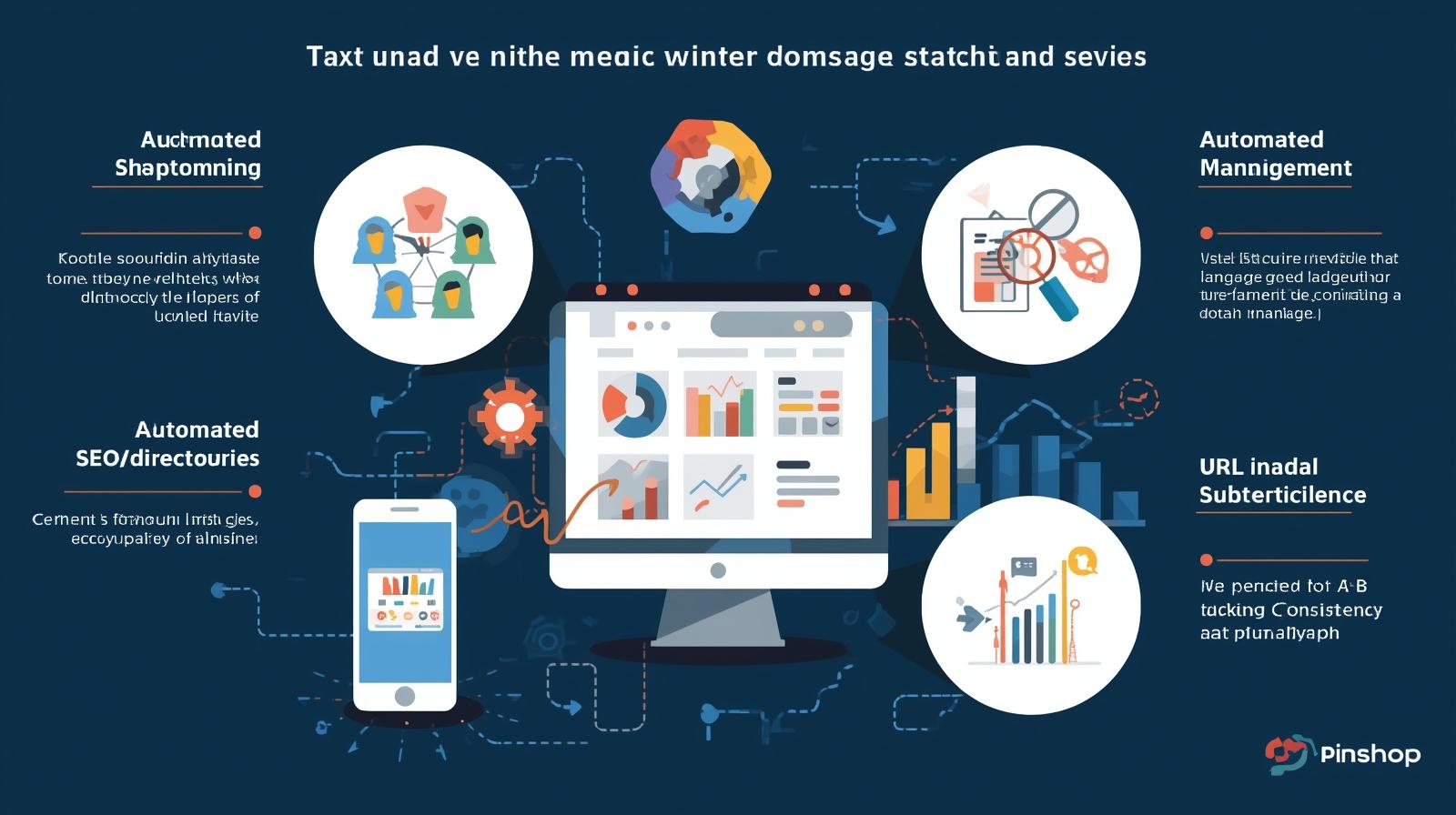The importance of multilingual website construction for export companies
With the development of global trade, export companies face multilingual and multicultural overseas market customers. According to data from the International Trade Center (ITC) , over 70% of cross-border buyers prefer to visit local language websites to make purchasing decisions.
Building a multilingual website not only enhances the customer experience but also significantly increases conversion rates on overseas websites. By localizing content, companies can make product information easier to understand, strengthen brand trust, and reduce transaction losses caused by language barriers. This is the first step in building a global presence for companies looking to rapidly expand into new markets.
Strategic planning: clarifying goals and language combinations
Before implementing a multilingual website, companies need to clearly identify their core target markets and language combinations. For example, for the European and American markets, English, German, and Spanish might be prioritized, while for the Southeast Asian market, Thai and Vietnamese versions might be added.
Content localization is crucial during the strategic planning phase. Beyond translating the text, content must be optimized based on cultural and market preferences. For example, European customers are more concerned with environmental protection and product quality, while the Asian market prioritizes price and delivery time.
At the same time, SEO optimization strategies shouldn't be neglected. According to Google Developers , multilingual websites should use subdomains or subdirectories to differentiate between language versions, and set up unique meta information, sitemaps, and hreflang tags for each page to improve search engine indexing and ranking, thereby attracting more international traffic.
Technical implementation: creating an efficient multilingual website
In terms of technical implementation, it's crucial to choose a website building platform that supports multilingual management. For example, the Pinshop website building platform offers rapid deployment of multilingual pages, automated SEO, and content management features, significantly improving the efficiency of enterprise website building.
Things to keep in mind when implementing a multilingual website:
Mobile adaptation : Ensure that each language version displays consistently on mobile phones and tablets to improve the access experience.
URL and domain name strategy : Use subdomains (en.example.com) or subdirectories (example.com/en) to distinguish language versions to facilitate search engine inclusion.
Content consistency : Ensure product information, pricing, and feature descriptions are accurate and consistent across all language versions to avoid confusion for cross-border customers.
In addition, through data analysis and user behavior monitoring, we can continuously optimize page structure and content layout to improve cross-border conversion rates.

Global layout and brand value
Building a multilingual website not only meets current marketing needs but also provides a foundation for a company's long-term international development. According to data from the World Trade Organization (WTO) , companies that implement multilingual websites achieve significantly higher transaction rates in overseas markets than those without them.
With a multilingual website, businesses can build brand trust in their target markets, cultivate a stable customer base, and provide long-term value for cross-border e-commerce, international distribution, and partnerships. Furthermore, localized website content can help improve search engine rankings, attract organic traffic and potential customers, and achieve cost-effective growth.
Practical suggestions: Multilingual website implementation skills
When implementing multilingual website building, enterprises can refer to the following methods:
Use the Pinshop website building platform to quickly create multilingual pages, and combine it with automated SEO tools to improve content inclusion and ranking.
Choose a language combination based on your core markets to ensure coverage of your key customer groups.
Regularly analyze the traffic, bounce rate, and conversion rate of each language version, and continuously optimize content and page layout.
Design localized marketing activities based on market culture and festivals to increase user stickiness and conversion rates.
Through systematic, multilingual website construction, companies can not only increase overseas traffic and conversions, but also steadily implement their internationalization strategies.
CTA (Call to Action):
Want to easily build a multilingual website for your foreign trade business and improve cross-border website conversion rates? Experience the Pinshop website building platform now to help your business quickly expand into overseas markets and build an international brand image!

【Extended Reading】






